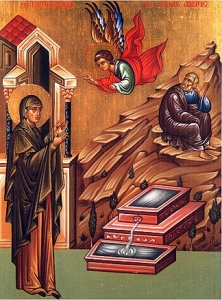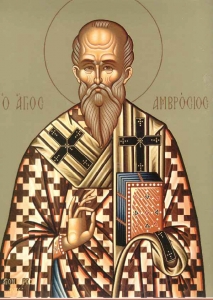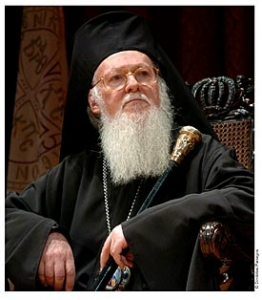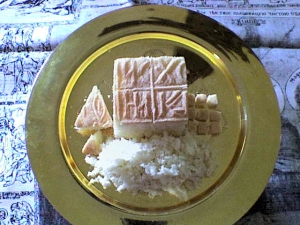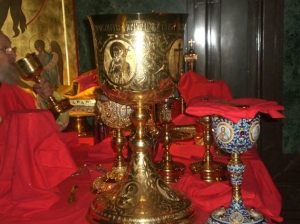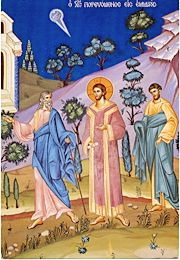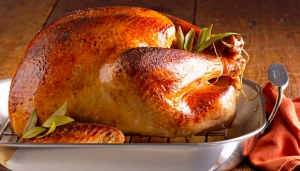Today is one of those days of preparation that the Church provides us to get ready for a holiday. Tomorrow, we commemorate the Conception of the Theotokos. Today, we get ready. We have an opportunity to pause and consider the importance of the coming event. Where should we look for a better understanding of the feast? Like many feasts of the Church this occurrence is not documented “in the Bible,” yet it is a significant happening in salvation history. Where does one go to learn about this festival? Where do you start? I decided to ask this question out loud; so that we could learn from each other. We know that the hymns of the Church describe the theology of a feast. What do they say? The Troparion sung at the Vespers for tomorrow speaks of the “bonds of barrenness being loosed” and of the “prayers” of Joachim and Anna asking for “birth beyond hope.” What do these clues tell us? If we read closely, we see that this couple was without children and beyond the hope of having children, they prayed for God to change their life. In an earlier post, we stated that many of our hymnographers got inspiration from the other writings, from the Christian Apocrypha. The book, the Protevagelium of James, (The Infancy Gospel of James) tells us the story of the birth of the Virgin Mary. We read in the first part of this book about the “prayer of St. Anna.” In her garden, Anna turns to God in her prayer. She describes her barren womb as contrasted to the fruitfulness of the natural creation. Anna begs Our Lord to bless her and allow to “bring forth fruit in her season.” An angel of the Lord appears to St. Anna and informs her that God has heard her prayer. He tells her that she would conceive and give birth to a child. In gratitude, Anna pledges to dedicate her child as a gift to God, since it would be a gift from God. Not only are these ancient sources inspiration for hymnographers; but also for iconographers (as we can see above). The child, which the angel announces is conceived as every child is, as a blessing from God; but this child is a blessing for all of humanity. ]]>

